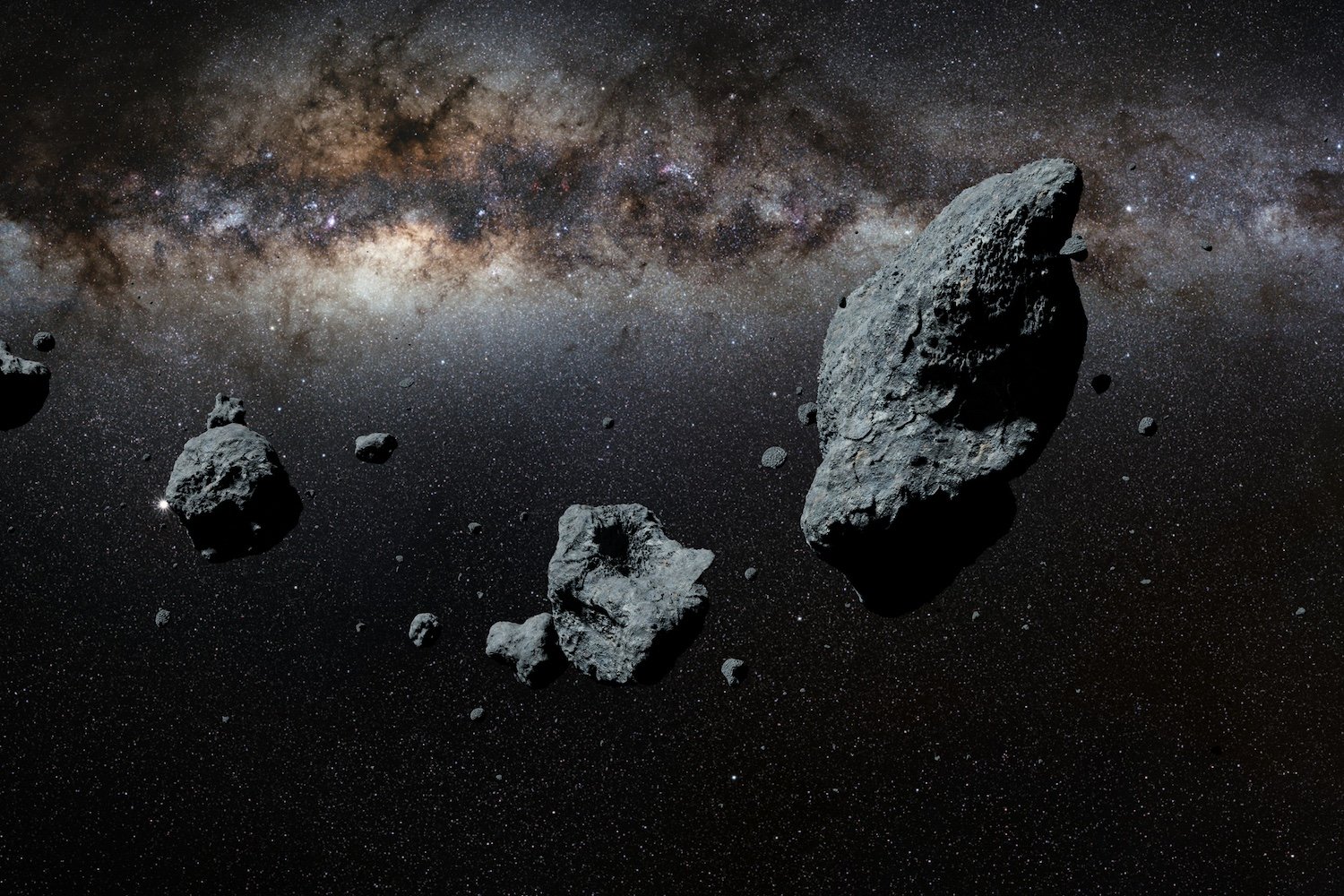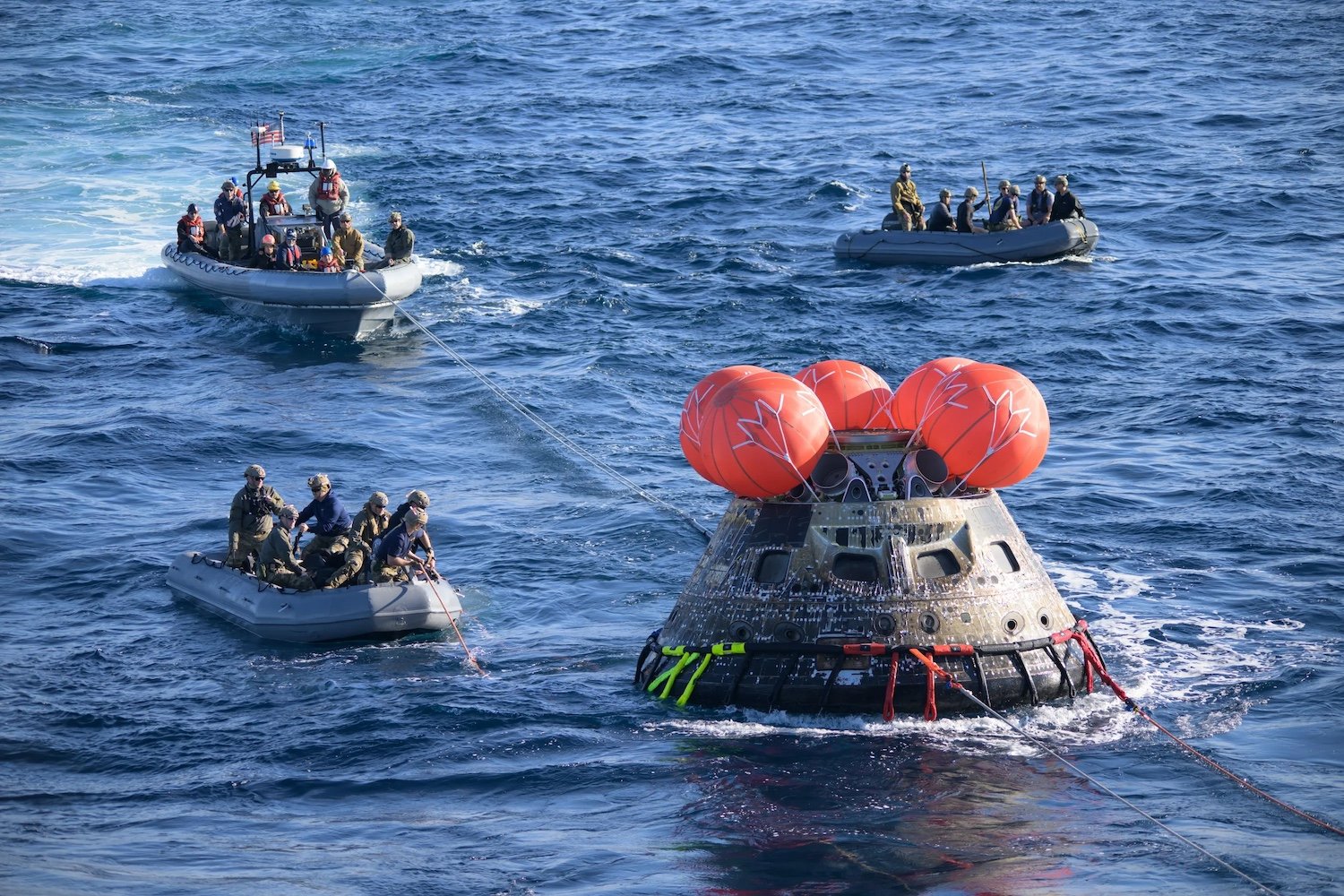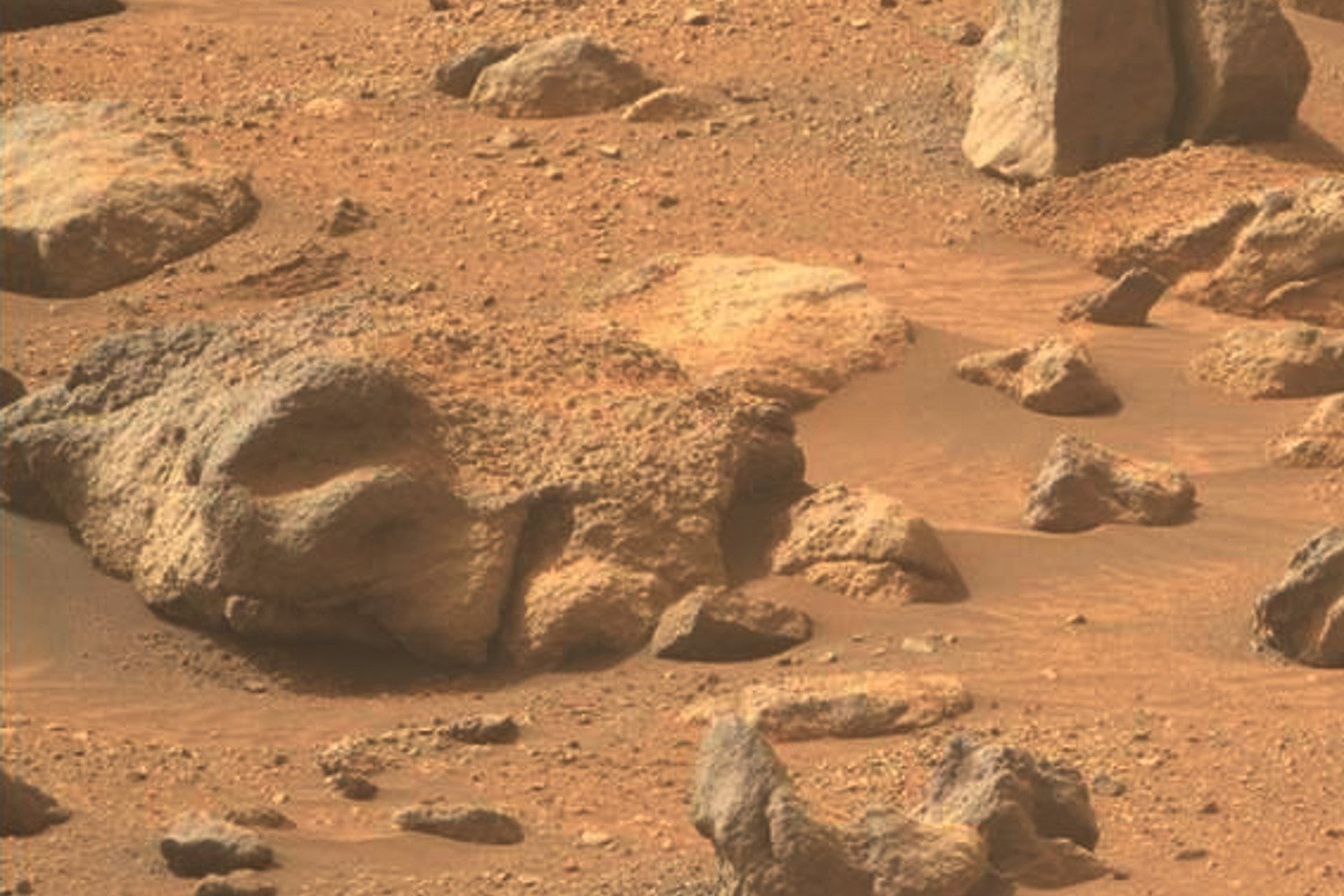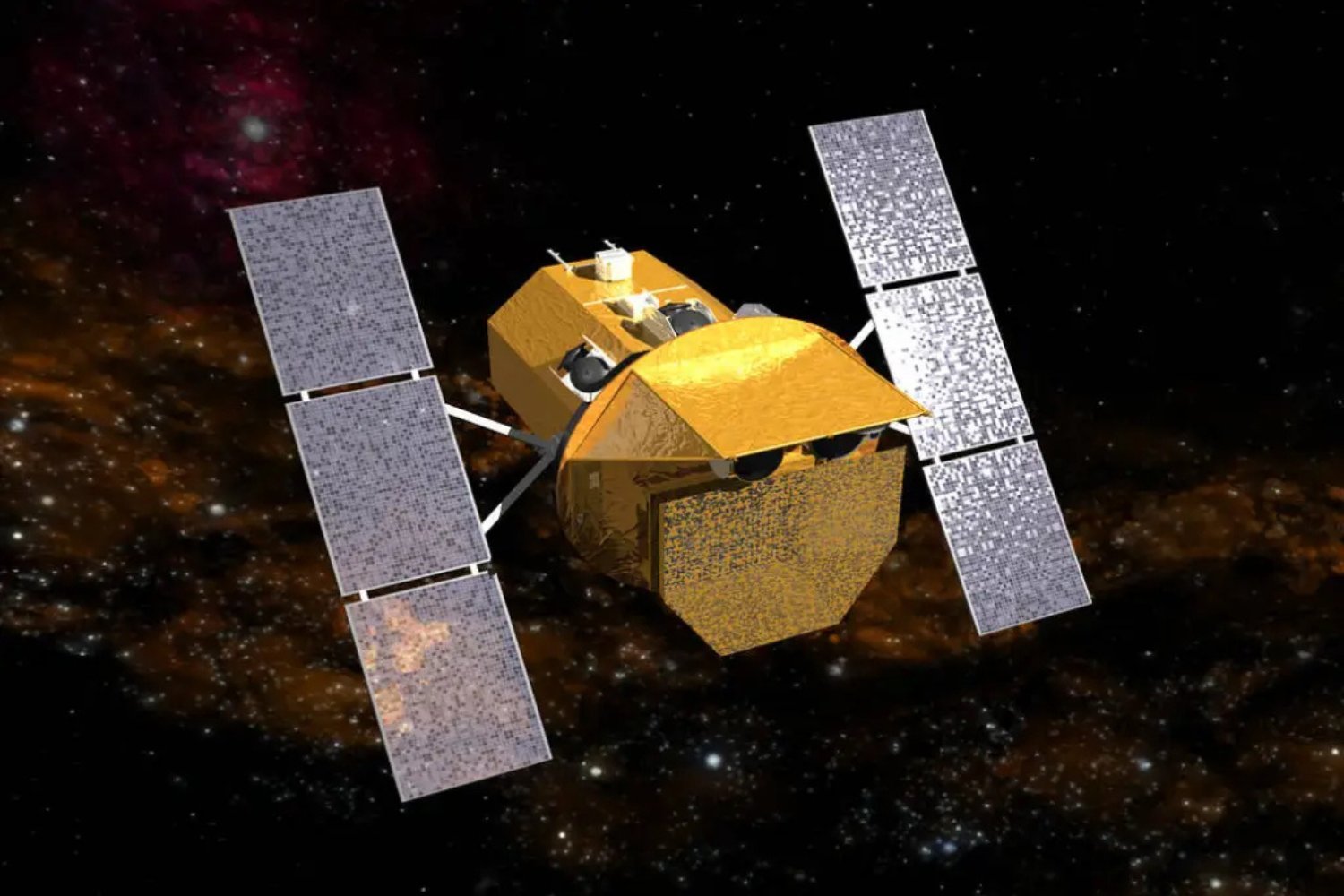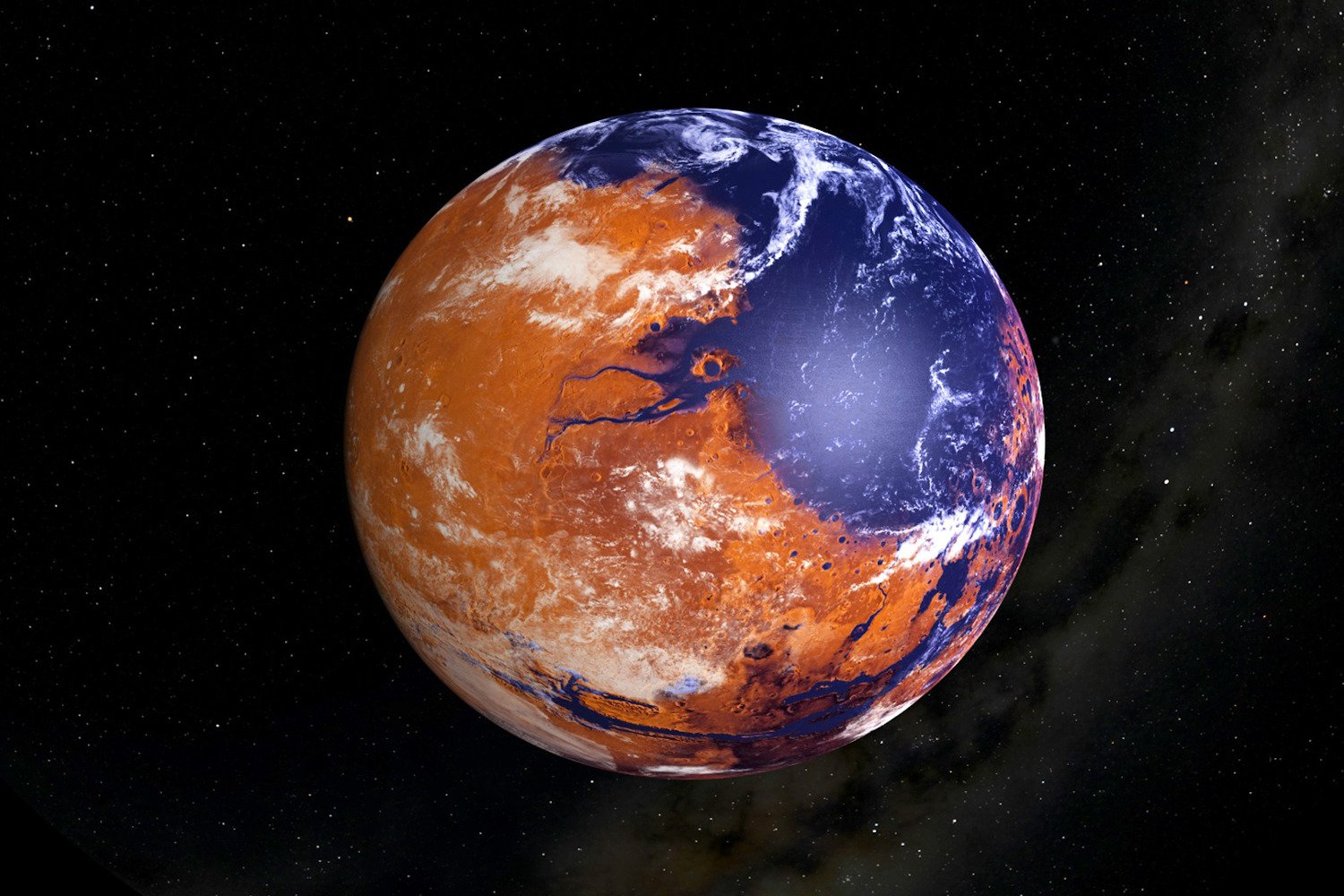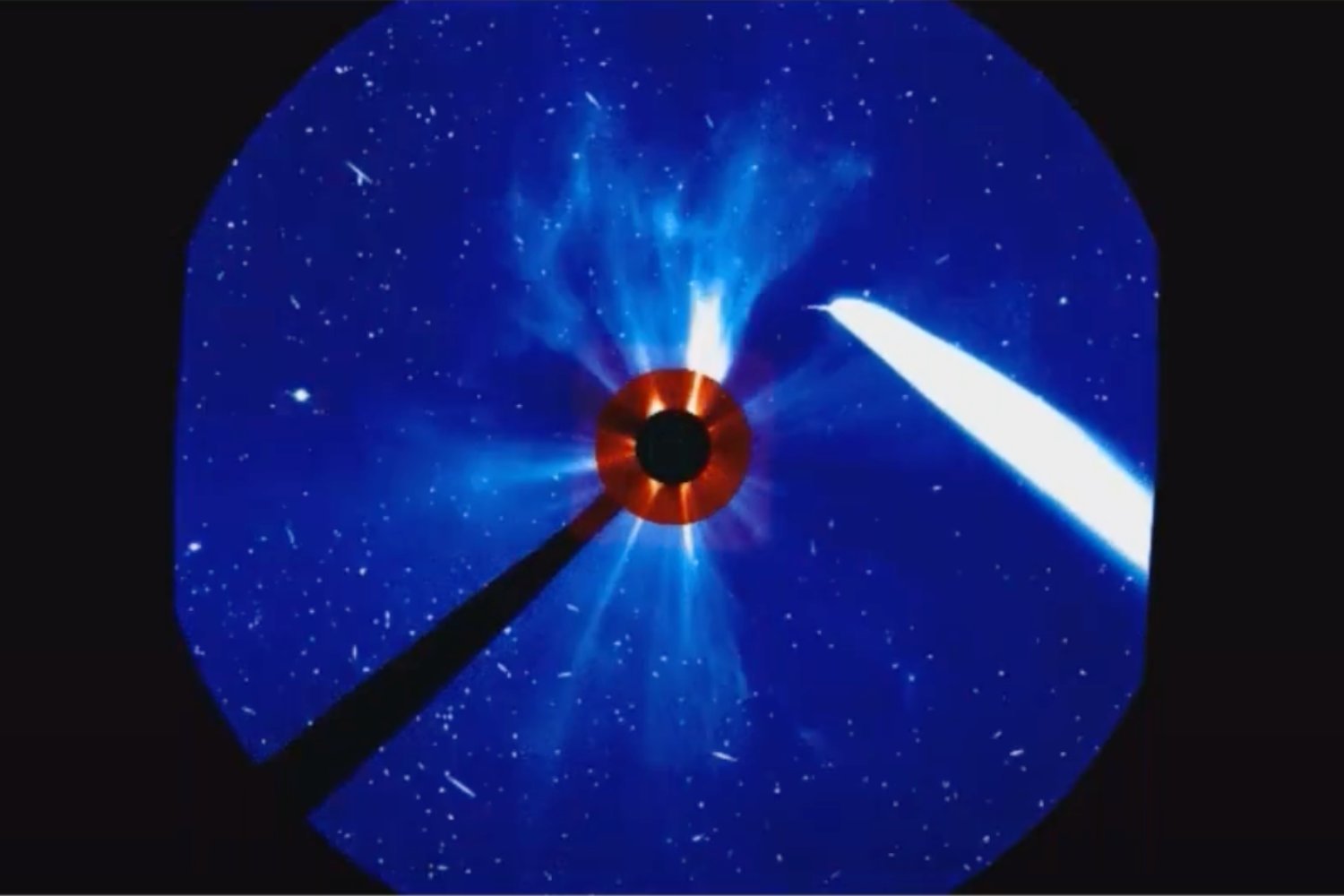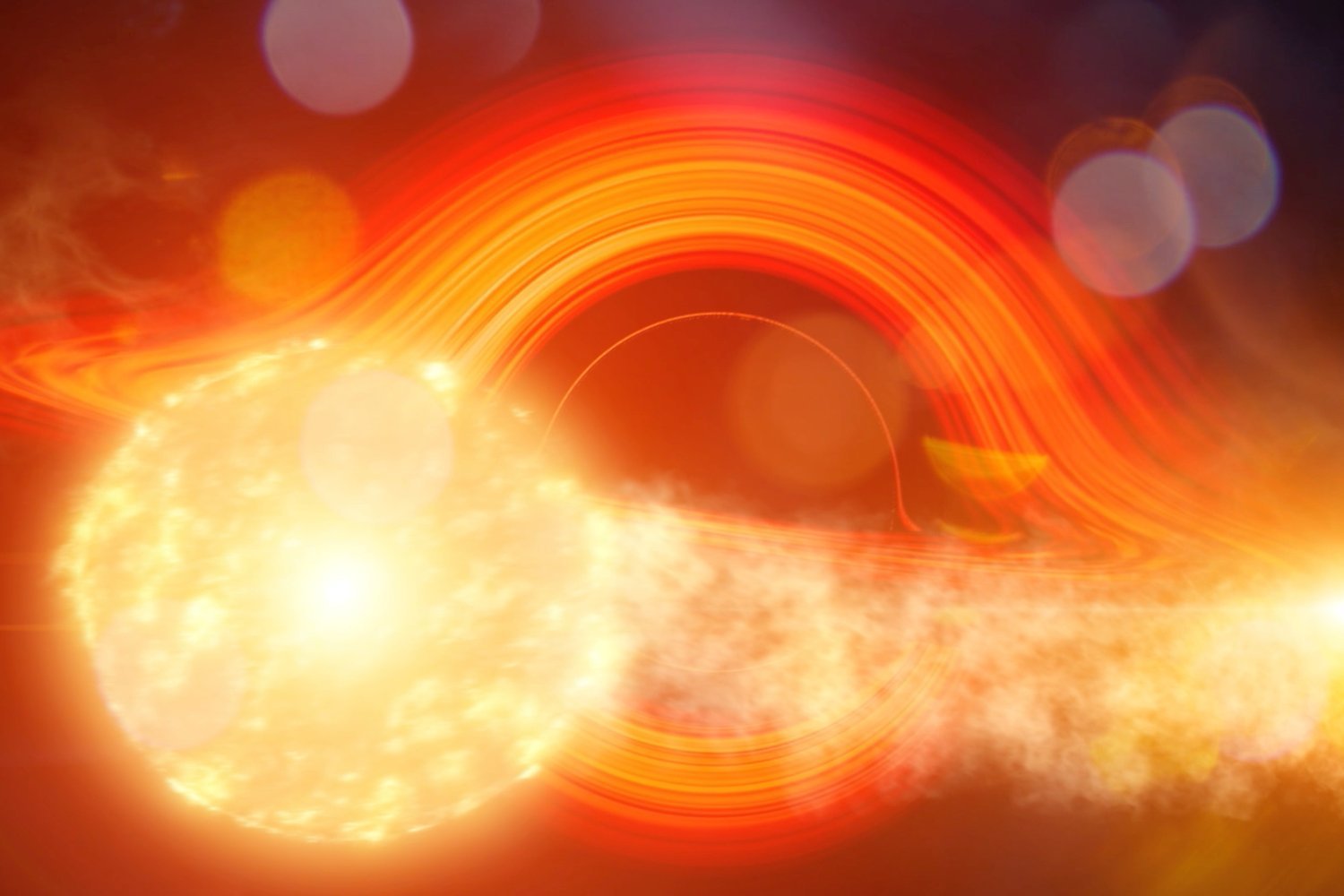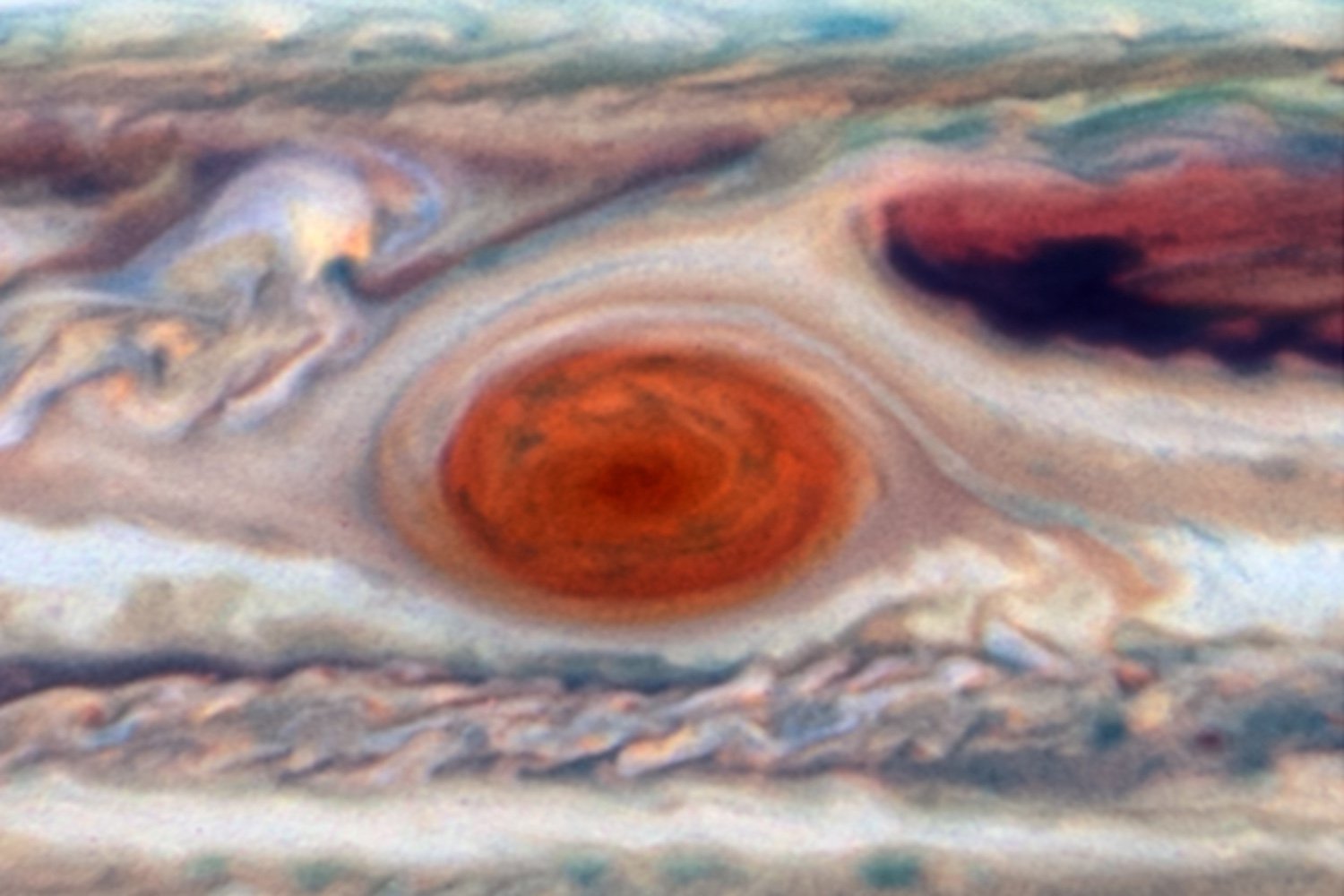AstroForge, a California-based startup, is gearing up for its second mission, a crucial step in its audacious plan to mine precious metals from asteroids millions of miles away. The company is racing to become the first to successfully mine an asteroid for platinum and bring it back to Earth, capitalizing on the burgeoning commercial space industry.
Founded in January 2022 by Matt Gialich and Jose Acain, AstroForge launched its first mission in April 2023. This initial test aimed to demonstrate the feasibility of refining asteroid material in orbit, but faced communication challenges with the satellite. Their second mission, codenamed Odin, scheduled for a late 2025 launch aboard Intuitive Machines’ IM-3 lunar lander, will focus on observing a metallic asteroid from a distance. A subsequent mission in 2026 aims to land on the targeted asteroid.
AstroForge remains tight-lipped about the specific asteroid and the chosen mining technique, safeguarding their competitive edge. However, the company has confirmed its focus on platinum-group metals (PGMs), which have diverse industrial applications. Asteroid mining has the potential to become incredibly lucrative, with estimates suggesting trillions of dollars in potential profit from the resources found on a single asteroid. While the concept has existed for decades, the high cost of space travel previously made it impractical. However, the rise of private space companies offering more affordable launch options is changing the landscape and creating new opportunities.
Having recently secured $40 million in funding, AstroForge is well-positioned for its upcoming mission. The company has also obtained an experimental license from the Federal Communications Commission (FCC), marking the first time a private company has been granted permission to operate in deep space. MaagX spoke with AstroForge CEO Matt Gialich to delve into the company’s ambitious plans.
The Genesis of AstroForge
Gialich explained that the company’s mission is to secure precious metals for the future. He and co-founder Jose Acain, both formerly at Bird, were considering positions at NASA’s Jet Propulsion Laboratory (JPL). However, Gialich felt that JPL represented a career plateau rather than a challenging opportunity. Recognizing the rapidly decreasing cost of deep space travel, they saw an opportunity to leverage affordable rockets and satellites to achieve something extraordinary. Among various ideas, asteroid mining emerged as the most viable and compelling.
Gialich emphasized the importance of profitability, aiming to tap into the vast potential of the platinum-group metals market. Unlike other space companies that rely on market growth projections, AstroForge targets an existing, substantial terrestrial market.
Lessons from the First Mission
Gialich acknowledged the challenges faced during the first mission, which utilized a purchased spacecraft. The misaligned incentives between AstroForge and the spacecraft provider highlighted the importance of in-house development. For future missions, AstroForge will build its own spacecraft to ensure alignment and control over the process.
Mission Two: A Deep Space Milestone
Mission Two will mark a historic event: the first private company venturing into deep space. The spacecraft has undergone rigorous testing and is ready for launch. Its objective is to reach the target asteroid and capture images, confirming its suitability for mining.
Mission Three: Landing and Sample Collection
Following the reconnaissance of Mission Two, Mission Three aims to land on the asteroid and collect samples. This will verify the presence and concentration of the desired materials. Gialich emphasized that this mission is less risky than Mission Two, having already proven the capability to reach the asteroid.
Asteroid Selection and Secrecy
The criteria for selecting the target asteroid include accessibility and long-term mining potential. AstroForge keeps specific details confidential to maintain a competitive advantage.
Legal and Philosophical Considerations
The 2015 Space Act grants US commercial companies the right to mine asteroids for profit. While future regulatory challenges are anticipated, AstroForge’s current focus is on demonstrating the feasibility of asteroid mining.
Overcoming Past Obstacles and Ensuring Sustainability
Gialich highlighted the perceived high risk associated with asteroid mining and the company’s commitment to taking calculated risks to achieve its goals. He argued that asteroid mining offers a more sustainable and environmentally friendly alternative to traditional terrestrial mining, particularly given the increasing difficulty and environmental impact of deep Earth mining.
The Future of Resource Acquisition
Gialich drew parallels with the history of aluminum, once a rare and precious metal, to illustrate how new resource acquisition methods can transform society. He underscored AstroForge’s ambition to drive technological progress and shape the future, while simultaneously generating significant financial returns.



